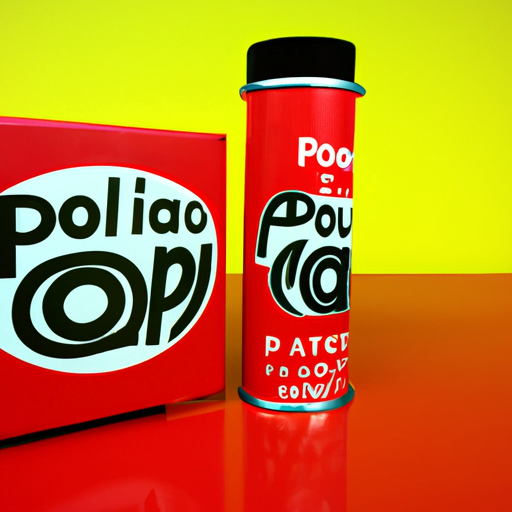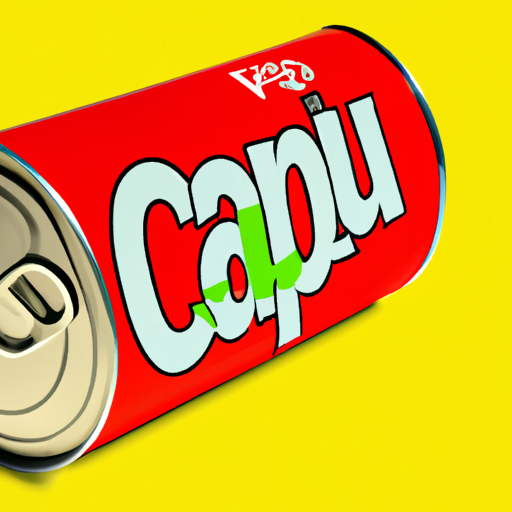
-
Table of Contents
- Innovative Packaging Materials and Sustainable Design Solutions
- 1. Biodegradable and Compostable Materials
- 2. Recycled and Upcycled Materials
- 3. Minimalist Design and Lightweighting
- 4. Smart Packaging and IoT Integration
- 5. Case Studies: Success Stories in Sustainable Packaging
- Case Study 1: Loop
- Case Study 2: Lush
- Case Study 3: Coca-Cola
- Summary
Innovative Packaging Materials and Sustainable Design Solutions

As the world becomes more conscious of the environmental impact of consumer goods, the packaging industry is under increasing pressure to find innovative solutions that are both sustainable and functional. Traditional packaging materials, such as plastic and Styrofoam, have long been criticized for their negative impact on the environment. However, advancements in technology and a growing awareness of the need for sustainable design have led to the development of new packaging materials and design solutions that are both eco-friendly and effective. In this article, we will explore some of the most innovative packaging materials and sustainable design solutions that are revolutionizing the industry.
1. Biodegradable and Compostable Materials
One of the most promising developments in sustainable packaging is the use of biodegradable and compostable materials. These materials are designed to break down naturally over time, reducing the amount of waste that ends up in landfills. Some examples of biodegradable and compostable materials include:
- Bioplastics: These are derived from renewable sources, such as cornstarch or sugarcane, and can be used to create a wide range of packaging materials, including bottles, bags, and trays. Bioplastics have the advantage of being both biodegradable and recyclable.
- Mushroom packaging: Made from agricultural waste and mycelium, mushroom packaging is a sustainable alternative to Styrofoam. It is biodegradable, compostable, and can be molded into various shapes and sizes.
- Seaweed packaging: Seaweed is a renewable resource that can be used to create biodegradable packaging materials. It is not only compostable but also has natural antimicrobial properties, making it ideal for food packaging.
These biodegradable and compostable materials offer a viable alternative to traditional packaging materials, reducing the environmental impact of consumer goods.
2. Recycled and Upcycled Materials
Another sustainable packaging solution is the use of recycled and upcycled materials. These materials are made from waste products that would otherwise end up in landfills, reducing the demand for virgin materials. Some examples of recycled and upcycled materials include:
- Recycled paper and cardboard: By using recycled paper and cardboard, the packaging industry can significantly reduce its carbon footprint. These materials can be used to create boxes, bags, and other packaging solutions.
- Upcycled plastic: Instead of using new plastic, some companies are turning to upcycled plastic for their packaging needs. This involves transforming plastic waste into new packaging materials, reducing the amount of plastic that ends up in the environment.
- Recycled glass: Glass is a highly recyclable material that can be used for a wide range of packaging applications. By using recycled glass, companies can conserve energy and reduce the need for raw materials.
By incorporating recycled and upcycled materials into their packaging designs, companies can contribute to a more circular economy and reduce their environmental impact.
3. Minimalist Design and Lightweighting
Another approach to sustainable packaging is the use of minimalist design and lightweighting. This involves reducing the amount of material used in packaging without compromising its functionality. By using less material, companies can reduce their carbon footprint and save on transportation costs. Some examples of minimalist design and lightweighting include:
- Thin-walled packaging: By using thinner walls, companies can reduce the amount of material used in packaging without sacrificing its strength and durability. This is particularly relevant for plastic packaging, where thin-walled designs can significantly reduce the amount of plastic waste.
- Flexible packaging: Flexible packaging, such as pouches and sachets, requires less material than rigid packaging solutions. It is also lightweight and takes up less space, reducing transportation costs and carbon emissions.
- Multi-functional packaging: Packaging that serves multiple purposes can help reduce waste. For example, a box that can be transformed into a display stand eliminates the need for additional packaging materials.
By embracing minimalist design and lightweighting, companies can reduce their environmental impact while still providing functional and attractive packaging solutions.
4. Smart Packaging and IoT Integration
Advancements in technology have also led to the development of smart packaging solutions that can help reduce waste and improve the consumer experience. Smart packaging incorporates sensors, RFID tags, and other technologies to provide real-time information about the product and its condition. Some examples of smart packaging include:
- Temperature-sensitive packaging: This type of packaging is equipped with sensors that monitor the temperature of the product during transportation. If the temperature exceeds a certain threshold, an alert is triggered, allowing for timely intervention to prevent spoilage.
- Interactive packaging: Packaging that incorporates augmented reality or QR codes can provide consumers with additional information about the product, such as its origin, ingredients, and sustainability credentials.
- Intelligent tracking: RFID tags and other tracking technologies can help companies monitor the movement of their products throughout the supply chain, reducing the risk of loss or theft.
By integrating smart packaging solutions into their operations, companies can reduce waste, improve product quality, and enhance the overall consumer experience.
5. Case Studies: Success Stories in Sustainable Packaging
Several companies have already embraced innovative packaging materials and sustainable design solutions, setting an example for the industry. Let’s take a look at some success stories:
Case Study 1: Loop
Loop is a global shopping platform that offers products in reusable packaging. Customers order products online, and they are delivered in durable containers that are collected, cleaned, and refilled after use. This eliminates the need for single-use packaging and reduces waste. Loop has partnered with major brands, such as Procter & Gamble and Nestlé, to offer a wide range of products in reusable packaging.
Case Study 2: Lush
Lush, a cosmetics company, has been a pioneer in sustainable packaging. They have eliminated the use of plastic packaging for many of their products and instead use materials like recycled paper, cork, and seaweed. Lush also encourages customers to return their empty containers to the store for recycling, further reducing waste.
Case Study 3: Coca-Cola
Coca-Cola has made significant efforts to improve the sustainability of its packaging. They have introduced PlantBottle, a packaging solution made from up to 30% plant-based materials. Coca-Cola is also investing in recycling infrastructure and promoting the use of recycled materials in their packaging.
Summary
The packaging industry is undergoing a transformation as companies seek innovative materials and design solutions that are both sustainable and functional. Biodegradable and compostable materials, recycled and upcycled materials, minimalist design and lightweighting, smart packaging, and successful case studies are
